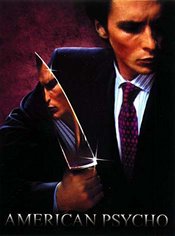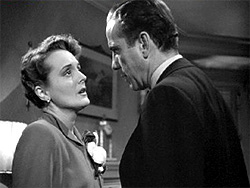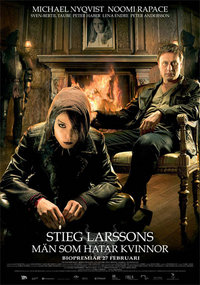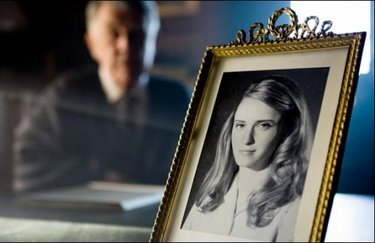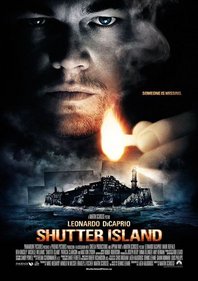Three movies available to stream instantly on Netflix.
The Cat and the Canary (1927) –
This is a silent film, so be warned if silents aren’t your thing. But really do consider checking this out. I saw it almost by chance on Turner Classic Movies a few years ago, and loved it. The heirs to a fortune have to spend the night in their dead benefactor’s house; the woman first in line to inherit must be declared of sound mind or she won’t get the money. This is all well and good and just mildly creepy until the family’s lawyer turns up dead and a lunatic escapes from a nearby asylum. (As they do.)
This movie has all kinds of things going for it. It mixes German Expressionism with humor – no, really, it does – and it plays into several solid tropes. The people locked in a mansion together, the maniac on the loose, men trying to manipulate a woman into believing (or having others believe) that she’s crazy… it’s kind of fabulous. The filming is also really impressive for ’27. Very enjoyable.
Murder on the Orient Express (1974) –
The most high-profile film adaptation of the Agatha Christie novel is star-studded in the most classic sense. Everyone is either a high profile movie star (Lauren Bacall, Sean Connery, Anthony Perkins) or at the very least someone who looks dead familiar (Martin Balsam, Richard Widmark). Albert Finney plays Poirot, and while he will always be Tom Jones in my head, Finney does a great job with the part.
Though the pacing could be better, the film captures the fun who-dunnit feeling of the classic locked room mystery that, for me, is what Christie does best. It is a bit over-acted and broad, but that suits the piece, and it’s a very fun use of a couple hours. It’s self-aware enough not to be pompous, with a solid enough story to keep you hooked.
Ugetsu (1953) –
This Japanese film is perhaps one of the most atmospheric movies I’ve ever seen. My strongest memories of seeing it the first time are of fog and mist weaving in and out of scenes; things dissolve in front of you, and then the scene dissolves in the cinematic sense as well. It’s considered a classic of Japanese cinema, and Kenji Mizoguchi’s direction is masterful.
The movie is based on several short stories, but are framed by two peasants from a farming village. They flee their homes in the late 16th century, as an army sweeps through and subsequently find themselves caught up in all sorts of intrigue and… well, I hesitate to say adventures, but perhaps “events.” The film moves relatively slowly, but takes its time with both the viewer’s gaze and character developments. There’s also a nice supernatural overtone that makes it feel like a story told at a campfire, or late at night. A beautiful film.

